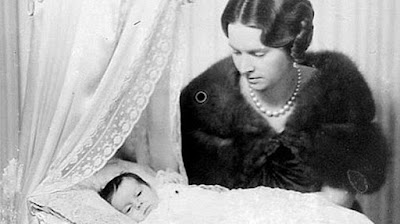Who is Princess Margaretha of Sweden?

31 October 1934 marks the birth of Princess Margaretha of Sweden. This took place at Haga Palace, Solna, Sweden. Family She was the eldest child of Prince Gustaf Adolf, Duke of Västerbotten and his wife Princess Sibylla of Saxe-Coburg-Gotha. Her paternal grandparents were Crown Prince Gustaf Adolf of Sweden and his late wife Princess Margaret of Connaught. Her maternal grandparents were Prince Charles Edward, Duke of Saxe- Coburg and Gotha and his wife Princess Victoria Adelaide of Schleswig-Holstein. Princess Margaretha had other siblings: Princess Birgitta of Sweden (born 19 January 1937); Princess Désirée, Baroness Silfverschiöld (born 2 June 1938); Princess Christina, Mrs. Magnuson (born 3 August 1943); and Carl XVI Gustaf of Sweden (born 30 April 1946). She is a member of the house of Bernadotte. Love and Marriage In the 1950s Margaretha had a relationship with Robin Douglas-Home, a Scottish aristocrat and the nephew of the future Prime Minister of the United Kingdom Alec Dougla

.jpg)
